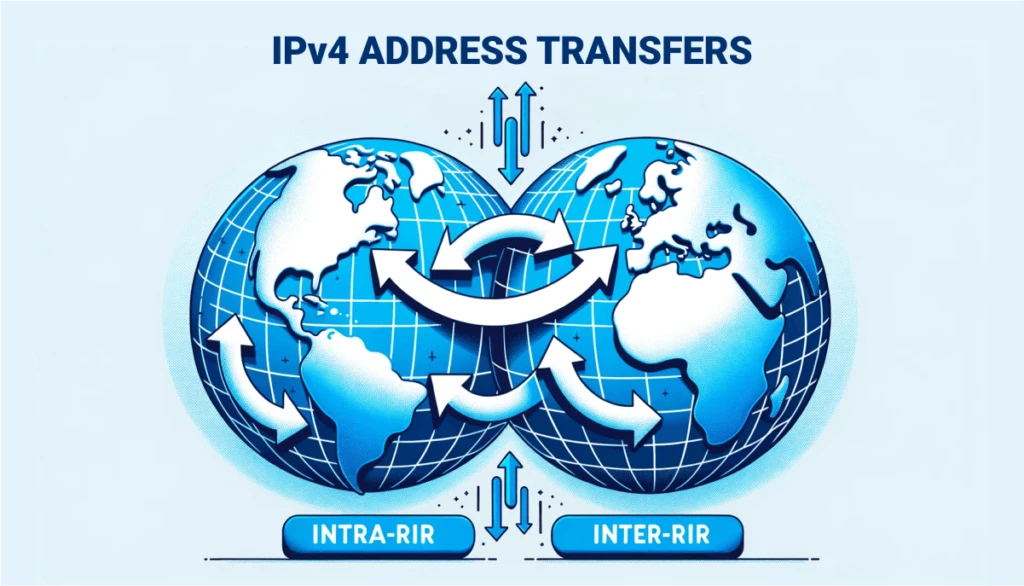Table of Contents
Why is there a Waitlist?
The IPv4 Address Waitlist was created by LACNIC on 19 August 2020 when the last available IPv4 address block was allocated. Its purpose is to sequence the distribution of remaining addresses to requesting organizations.
Allocation process
Only organizations who have been assigned IPv6 resources can join the IPv4 address waitlist. Requests are processed through on a first-come, first-served basis.
The Current Wait Time
According to LACNIC Services Manager Alfredo Verderosa and based on current resource recovery behavior, requests added to the IPv4 waiting list today will receive resources in 2030, which is a seven-year wait to receive a maximum of 1,024 IPv4 addresses. A year ago, this wait was only five years.
From almost 1000 organizations at the start of 2023, the waitlist has grown to over 1100 members. The demand for addresses consistently outpaces the supply from recovered or returned addresses.
What is the alternative?
If you urgently need IP addresses, the secondary market provides a faster alternative to the official waitlist. Contact us to learn more about the process to secure the resources you need.
Frequently Asked Questions
Why was the LACNIC IPv4 Address Waitlist established?
The LACNIC IPv4 Address Waitlist was introduced on 19 August 2020 following the allocation of the last available IPv4 address block. The primary objective of this waitlist is to systematically distribute the remaining IPv4 addresses to organizations that request them.
What is the process for allocation from the LACNIC waitlist?
To be eligible for the waitlist, organizations must have been assigned IPv6 resources. The allocation of IPv4 addresses from the waitlist is executed on a first-come, first-served basis.
How long is the current wait time on the LACNIC IPv4 Address Waitlist?
As per LACNIC Services Manager Alfredo Verderosa, based on the current rate of resource recovery, organizations added to the IPv4 waiting list today can expect to receive resources by 2030. This translates to a seven-year wait to obtain a maximum of 1,024 IPv4 addresses. Notably, just a year prior, the wait time was only five years.
How has the demand for IPv4 addresses changed over time?
The demand for IPv4 addresses has seen a consistent increase. At the beginning of 2023, the waitlist had close to 1000 organizations. This number has since grown to over 1100 members, indicating that the demand for addresses consistently surpasses the supply derived from recovered or returned addresses.
Are there any alternatives to waiting on the LACNIC IPv4 Address Waitlist?
Yes, for those in urgent need of IP addresses, the secondary market offers a more expedient solution compared to the official waitlist. This market allows organizations to secure the IP resources they require in a shorter timeframe.





